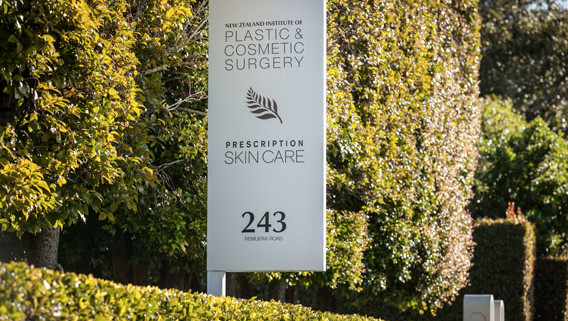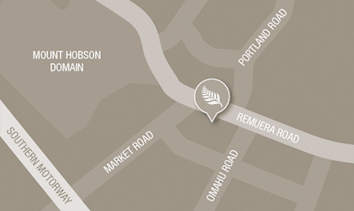Recognising Changes In Facial Aging
All of us can recognise the changes we see in facial aging. These include a deterioration in skin quality, a deepening of facial lines and a sagging or loosening of the tissues around the eyes, jowls and neck. This manifests as excess skin and, in the past, traditional facelift surgery focused only on removal of this skin.
Less well recognised but equally important changes of facial aging include the loss or redistribution of facial fat volume that occurs over time, as well as changes in the bony framework of the face (by absorption or loss of bone). Simple skin removal by surgery will only address some of the aging features. Depending on the needs of the individual there are a variety of other measures, both surgical and non-surgical that combine to create a more natural and complete solution.
A common theme is the addition of facial volume either through the use of synthetic fillers or tissue grafts (such as fat grafts) from the patient herself. The role of facial volume loss and replacement receives as much attention today as did talk of tissue descent in the past. Now there is less emphasis on pulling skin tight to stretch deep creases and folds, and instead more emphasis on restoring a youthful soft tissue shape to the face. This is complemented by modern skin care technologies.
This change in emphasis is fundamental to the modern treatment of facial aging. It is an increasingly sophisticated three-dimensional or “volumetric” concept that is helping contemporary plastic surgeons avoid the artificial or stretched unusual appearances seen in the past and instead achieve more natural looking and harmonious results.
The choices available to today’s consumer are wide-ranging and sometimes confusing. ‘Facelift’ is a catch-all phrase that is easily tossed about but can have very different meanings – ranging from a basic skin tightening to the modern multidimensional approach to facial rejuvenation described above. It is important that patients considering facelift surgery understand these differences when making choices about their treatment.




